How To Read the Hebrew Alphabet
Known as the Aleph Bet, the Hebrew alphabet contains 22 letters.
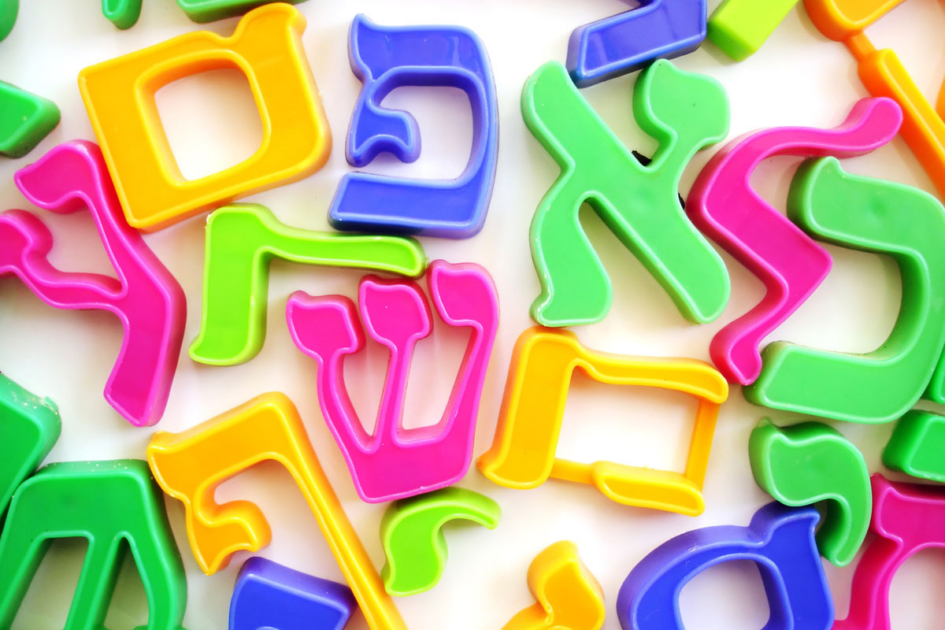
The Hebrew alphabet, or the Aleph Bet, consists of 22 letters. The Aleph Bet is also used to write other Jewish languages, like Yiddish, Ladino, Aramaic, Judeo-Persian and Judeo-Arabic.
In Hebrew, the letters are all consonants and the language is comprehensible when written without vowels. However, some texts do include vowels, which are represented in writing by a set of marks, mostly dots and dashes, written under and between the letters. Sacred texts and books for children who are still learning the language are commonly written with vowels. Other texts, like newspapers and books for adults, are written without.
Unlike English, Hebrew does not have uppercase and lowercase versions of each letter. However, some letters do have a second form that is used in the final position of a word. This is because in ancient times Hebrew was written without spaces between words and these letters helped differentiate where one word ended and another began.
Want to learn Hebrew one day at a time? Click here to sign up for our Hebrew Word of the Day email.
Modern Hebrew has a separate script for handwriting, although scribes use the block script pictured below when handwriting sacred scrolls like a mezuzah or a Torah.
Each modern Hebrew letter, as well as its corresponding English sound and its numerical value, is listed below. Note that two letters make no sound at all. Scroll all the way down to see the vowels as well.

Aleph
Sound: Silent
Numerical value: 1
Example: אִמָא (ima, meaning “mother”)

Bet / Vet
Sound: B with the dagesh (dot); V without
Numerical value: 2
Example: בַּיִת (bayit, meaning “house”)

Aleph
Sound: Silent
Numerical value: 1
Example: אִמָא (ima, meaning “mother”)

Gimmel
Sound: G
Numerical value: 3
Example: גָמָל (gamal, meaning “camel”)

Dalet
Sound: D
Numerical value: 4
Example: דָג (dag, meaning “fish”)

Hay
Sound: H
Numerical value: 5
Example: הַר (har, meaning “mountain”)

Vav
Sound: V
Numerical value: 6
Example: וֶרֶד (vered, meaning “rose”)

Zayin
Sound: Z
Numerical value: 7
Example: זָכוֹר (zachor, meaning “remember”)

Chet
Sound: Gutteral Ch/Kh
Numerical value: 8
Example: חַג (chag, meaning “holiday” or “festival”)

Tet
Sound: T
Numerical value: 9
Example: טִיסָּה (tisa, meaning “flight”)

Yud
Sound: Y
Numerical value: 10
Example: יְהוּדִי (yehudi, meaning “Jewish”)

Khaf / Kaf
Sound: K with the dagesh (dot); gutteral CH/KH without
Numerical value: 20
Example: כִּיפָּה (kippah, meaning “yarmulke” or “dome”)

Lamed
Sound: L
Numerical value: 30
Example: לָשׁוֹן (lashon, meaning “language” or “tongue”)

Mem
Sound: M
Numerical value: 40
Example: מְנוֹרָה (menorah, meaning “lamp”)

Nun
Sound: N
Numerical value: 50
Example: נֶפֶשׁ (nefesh, meaning “soul”)

Samech
Sound: S
Numerical value: 60
Example: סֵפֶר (sefer, meaning “book”)

Ayin
Sound: Silent
Numerical value: 70
Example: עִבְרִית (ivrit, meaning “Hebrew”)

Pey / Fey
Sound: P with the dagesh (dot); F without
Numerical value: 80
Example: פִּלְפֵּל (pilpel, meaning “pepper”)
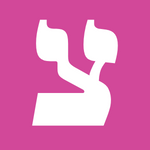
Tzadi
Sound: Tz or Ts
Numerical value: 90
Example: צְדָקָה (tzedakah, meaning “charity”)

Kuf
Sound: K
Numerical value: 100
Example: קָהָל (kahal, meaning “community”)

Reysh
Sound: R
Numerical value: 200
Example: רַב (rav, meaning “rabbi”)
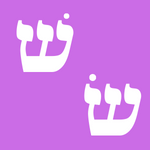
Shin / Sin
Sound: Sh when the dot is on the right; S when the dot is on the left
Numerical value: 300
Example: שַׁבָּת (shabbat, meaning “sabbath”)

Taf
Sound: T
Numerical value: 400
Example: תְּפִילָה (tefilah, meaning “prayer”)
Final Forms (Sofit)
Five letters have a distinct final form that is used if the letter ends a word.

Mem Sofit
Sound: M
Example: אָדוֹם (adom, meaning “red”)

Nun Sofit
Sound: N
Example: יַיִן (ya-yeen, meaning “wine”)

Tzadi Sofit
Sound: Tz or Ts
Example: אֶרֶץ (eretz, meaning “land”)

Pey / Fey Sofit
Sound: F
Example: חֹרֶף (choref, meaning “winter”)
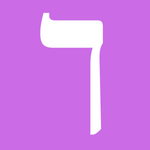
Kaf / Khaf Sofit
Sound: Guttural Kh
Example: מֶלֶך (melekh, meaning “king”)
Vowels (Nikkudot)
Each vowel sound in Hebrew corresponds with a nikkud (Hebrew for “dot”). Many prayer books and dictionaries include nikkudot, while Hebrew-language literature, newspapers, signs and other written materials typically do not.
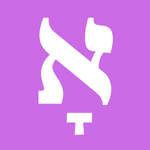
Kamatz
Sound: ah
Example: אָדוֹם (adom, meaning “red”)
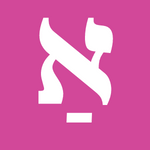
Patach
Sound: ah
Example: אַחֲרֵי (acharei, meaning “after”)
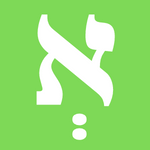
Sh’va
Sound: uh or ih
Example: בְּיַחַד (beyachad, meaning “together”)
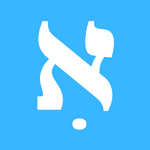
Hiriq
Sound: ee
Example: מִלִּים (mee-leem, meaning “words”)

Segol
Sound: eh
Example: אֶשׁכּוֹלִיוֹת (eshkoli’ot, meaning “grapefruit”)
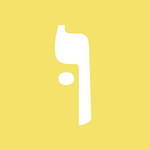
Shuruk
Sound: oo
Example: צְנִיעוּת (tzniut, meaning “modesty”)
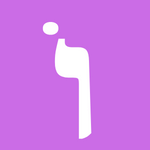
Cholam
Sound: oh
Example: עוֹלָם (olam, meaning “world”)
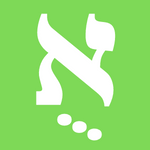
Kubutz
Sound: oo
Example: שֻׁלְחָן (shulchan, meaning “table”)
